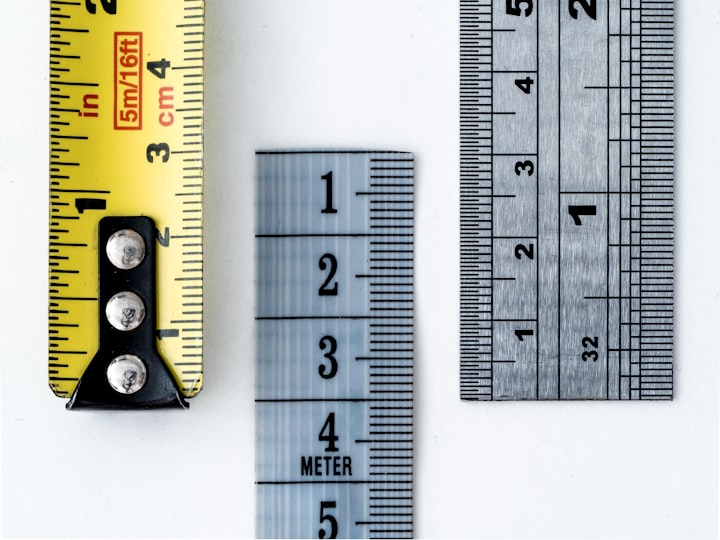How to Set Targets You Can Actually Achieve
You are more likely to reach your goal if your targets are SMART.

At school, when teachers set children targets, we often talk about SMART targets. SMART is an acronym which gives the criteria for setting targets, and each target we give a pupil should be:
- Specific
- Measurable
- Achievable
- Realistic
- Time-bound
This got me thinking: why are we not using the same principle when setting targets for ourselves?
Often, I have set myself targets regarding losing weight or exercising more or writing more. But these targets are too vague. What is more?
How will I know I have been successful in meeting my targets?
The other common mistake that I have made is setting targets that are way too ambitious, like going from couch to running five times per week.
Using the SMART approach will help you avoid these mistakes when setting your targets.
So what do SMART targets look like?
S is for Specific
Let’s think for example that your target is to exercise more. That, as it stands, is ambiguous. Instead of thinking of just exercise generally, narrow it down.
Think about what type of exercise you might enjoy and if you are not sure, try different things out before investing sizeable sums of money in gym memberships of expensive gear. For example, many gyms offer introductory sessions or you might find offers on Groupon or Voucher that allow you to try before you commit. It’s worth trying out different things until you find something you enjoy and are therefore more likely to stick with.
Food offers another easy example of setting a target that is specific. Say you want to eat healthier. It is hard to cut out all the foods you enjoy out of your diet. Doing that is likely to lead to cravings and giving up because it is too hard to follow.
Being more specific helps. Don’t cut out everything unhealthy at once. Instead, focus on one specific food, for example, reduce the amount of crisps or chocolate you eat, and you are more likely to succeed.
M is for Measurable

How will you measure the success? Let’s say that you have decided to eat fewer crisps and that you have a packet of crisps every day with your lunch.
A straightforward way to measure your success would be to reduce the number of crisp packets you consume each week. You could cut out a couple of packets per week first and gradually cut out more until you are only having them as a treat.
Or to use an example from the world of exercise, running to be more specific, you could cover the same distance each day and aim to improve your time. Or you could turn it around and run for half an hour (longer if you prefer) and aim to get further on each run.
A is for Achievable and R is for Realistic
I have bundled these two together as they go hand in hand. If the target you set yourself is not realistic, then it is not achievable either.
I’ll continue with the running example. If you are going from couch to five kilometres, and expect to run the whole 5km on your first day, you are not being realistic. For most of us, going from zero to five kilometres at first attempt is not achievable.
Instead, start with a more achievable and therefore realistic target. For example, alternating running for a minute with jogging/walking for two minutes for five kilometres sounds a lot more achievable. You can then build on that each session until you are running for the whole five kilometres.
T is for Time-bound

This is the last criteria. It simply means that you should set yourself a deadline by which time you will review your target. If you struggle to meet it, then you should adjust your target. Is it SMART enough?
If you have met it, as you should have if you followed the SMART guidelines, then it is time to set yourself a new SMART target.
How long you give yourself to meet your target is up to you, but I recommend not making it too long. You lose sight of your goal if it is too far away. Remember, you can always review and reset targets at deadlines. I like to give myself four-six weeks before I measure my success and set new, higher targets.
So remember, next time you set yourself targets, make them SMART and you are more likely to succeed.
About the Creator
Reija Sillanpaa
A wise person said, "Be your own audience". Therefore, I write fiction, poetry and about matters important and interesting to me. That said, I warmly welcome you into my audience.






Comments
There are no comments for this story
Be the first to respond and start the conversation.